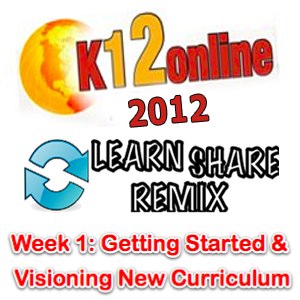Presenter: Valerie R. Burton
Location: New Orleans, Louisiana USA
Twitter: @MsBisOnline
Presentation Description: Let me show you how to use Weebly.com to publish your work. Looking for a way to create ePortfolios for you and your students? Need a website for class? Join me in this session and I will show you how to create ePortfolios for your students and for yourself. Weebly.com can be used to publish work, share videos, create a blog and connect with others.
Link to presentation’s supporting documents:
http://msbisonline.weebly.com/2/post/2012/10/show-off-your-work-online-using-weeblycom.html
Additional Information:
- Presentation Site: http://msbisonline.weebly.com
- eCard: http://about.me/VRBurton

